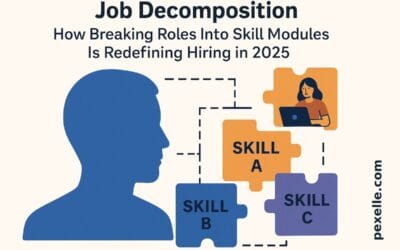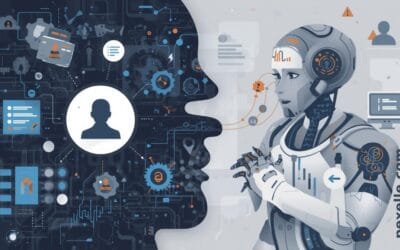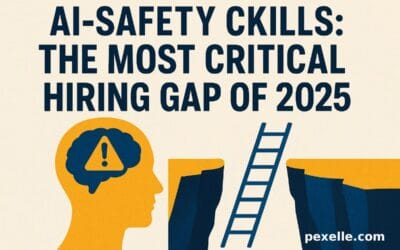Skill Intelligence as a Service (SIaaS): The Next Evolution Beyond SaaS

Introduction: From SaaS to SIaaS
Over the past two decades, Software as a Service (SaaS) has redefined how organizations access and deploy technology. Cloud-based platforms have lowered costs, increased scalability, and democratized access to enterprise-grade tools. But in today’s fast-moving digital economy, software alone is no longer enough. What businesses, governments, and universities now require is intelligence—specifically, intelligence about skills. This is where Skill Intelligence as a Service (SIaaS) emerges as the next paradigm shift.
What is Skill Intelligence as a Service?
SIaaS refers to delivering real-time, AI-driven insights about skills—supply, demand, and future trends—through cloud-based platforms. Unlike traditional learning management systems (LMS) or static job boards, SIaaS solutions integrate global skills taxonomies (ESCO, O*NET, proprietary frameworks) with live labor-market data and personalized learning paths.
With SIaaS, institutions and enterprises can:
- Map individual and organizational skill profiles in real time.
- Forecast emerging skill gaps aligned with industry and technological trends.
- Personalize upskilling and reskilling journeys using AI.
- Support strategic workforce planning at local, regional, and national levels.
Why SIaaS Matters Now
The acceleration of digital transformation, remote work, and AI adoption has fragmented the global labor market. Skills that were once relevant for years are now outdated within months. According to the World Economic Forum, over 1 billion people worldwide will need reskilling by 2030.
- For companies, this means continuous upskilling to remain competitive.
- For governments, it means aligning education and training systems with economic priorities (e.g., AfCFTA in Africa, digital skills in Europe, AI workforce strategies in Asia).
- For universities, it means preparing students for jobs that don’t yet exist.
SIaaS provides the data backbone to meet these challenges—transforming skills from a static HR metric into a dynamic infrastructure of economic intelligence.
Key Features of SIaaS Platforms
- Global Skills Graph: A continuously updated network that connects occupations, skills, and tasks across industries.
- Real-Time Labor Market Analytics: Aggregating job postings, hiring trends, and salary insights into actionable dashboards.
- Personalized Skills Passport: Giving every individual a portable, verifiable record of their skills and learning journey.
- Predictive Analytics: Forecasting which skills will be in demand months or years ahead, enabling proactive workforce strategies.
- Integration APIs: Allowing enterprises, governments, and EdTech providers to plug Skill Intelligence directly into their ecosystems.
SIaaS in Action: Use Cases
- Enterprises: Automating workforce planning by matching employee profiles to future project needs.
- Governments: Designing national skills strategies aligned with economic growth sectors.
- Universities: Embedding SIaaS into career services to guide students toward employable skill sets.
- Individuals: Accessing real-time insights into their skill gaps and receiving AI-driven learning path recommendations.
Pexelle and the Future of SIaaS
At Pexelle, we envision Skill Intelligence as a Service as the foundation of the future labor economy. Our platform combines ESCO and O*NET frameworks, AI-driven skill extraction from live job data, and personalized learning paths into a unified ecosystem. Whether you are a government agency designing workforce policies, a university preparing future talent, or a business navigating digital transformation, SIaaS ensures that you have the intelligence layer needed to stay ahead.
Conclusion: Building the Infrastructure of Skills
Just as SaaS transformed software delivery, SIaaS will transform how we understand, measure, and grow human potential. Skills are the new currency of the digital economy, and SIaaS is the platform that makes this currency visible, measurable, and actionable.
The question is no longer whether organizations need Skill Intelligence—it’s how fast they can adopt it.
Source : Medium.com




